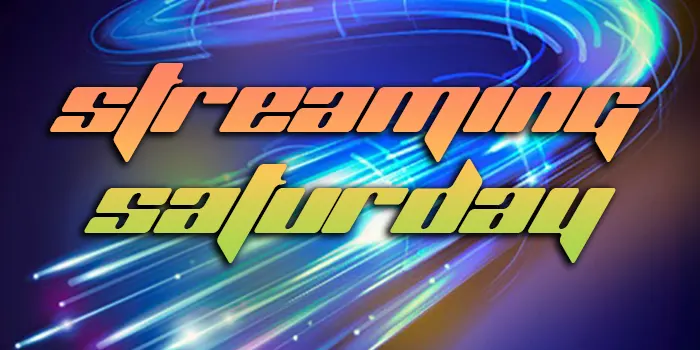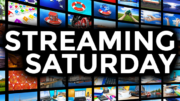We tend not to think about who owns the TV channels in our area. I think most of us have a vague feeling from when we were kids that it’s some sort of local rich person. I remember when I lived in a very small TV market back in the 1990s, one of the station owners used to literally call the station and have them put something else on if they didn’t like what they were watching. Most of us probably assume it’s still like that.
Except it’s not.
As many folks who have DIRECTV found out painfully, a few large companies own more than one-third of all TV stations. The largest, Nexstar Media Group, has a habit of trying to push pay-TV companies around. But that’s a story for another article. In fact I’ve already written it and you can read it here. The real question is why these companies aren’t providing streaming versions of their live broadcasts.
The line is drawn in a sort of confusing place
So, you can go to the web site for virtually any TV station in the country and watch their station live. There might be a few things blacked out for contract reasons, but I’ve never had a problem going to any TV station’s web site and watching their programs.
Yet, these same stations don’t provide streaming apps. When someone else tries to provide streaming apps, they either want to charge an exorbitant amount or they try to sue them out of existence. To me, this makes absolutely no sense. Here’s why.
If they had an app, more people would probably watch it.
Depending on which data you believe, somewhere between 14 and 40% of people have a TV antenna that they use on a regular basis. On the other hand, about 80% of people stream TV over the internet. If station owners wanted to tap into that 80%, all they would need to do is provide a streaming app. People today feel like they pay too much for streaming and they would welcome something they could watch for free.
If they had an app, they could control the commercials on it.
You might be aware that your pay-TV company replaces most of the commercials that broadcasters put out there with their own. This is not only legal, it’s standard industry practice. It’s a big problem for station owners who, historically, have kept their budgets balanced by selling commercials. This is the real reason that station owners are pushing for a next-generation television solution. It’s not to give you 4K out of the goodness of their hearts. It’s so they can show you commercials.
Streaming versions of live channels could use the same “addressable” model that Pluto, Tubi, and other streamers use. They could not only serve you commercials, they could serve you ones that are customized for your interests. That makes you more likely to buy and that, in turn, means they can charge more for the time.
It can’t be budget-related. It just can’t.
If you’re talking about a company that owns one or two stations in small markets, I can buy that the cost of creating streaming apps might be too much. But if you’re Nexstar Media Group and you own all or part of 225 stations, that should be a no brainer. I don’t think that’s the real issue here. I think there has to be something else. It can’t be that no one’s thought of it and it can’t be that it’s too expensive.
Could it be that they just aren’t allowed to?
Here’s something that we don’t talk about. We all know that station owners have contracts with big pay-TV companies like DISH, DIRECTV, Comcast, and the like. But we don’t ever know what’s in those contracts unless it specifically makes news. We know, for example, tat DISH’s AutoHop doesn’t work on prime-time network programming because that’s been negotiated out of the contract. We know that you can sign into provider apps with your pay-TV subscription so that’s in the contract too.
The only thing I can think of is that there’s something in a contract that stops them from doing this very thing. Maybe it’s the contract with networks like ABC or CBS. Maybe it’s the contract with pay-TV companies. Either way the only thing that makes any sense at all is the idea that these companies can’t do this thing. And it’s a shame, too, because it would be both customer-friendly and station-owner-friendly.
The future looks bright
We’ve recently seen large media companies change their tune when it comes to streaming vs. pay TV. While Warner Bros. Discovery and Disney clearly want to keep a focus on their pay-TV operations, we’re seeing international companies look at streaming as a more viable option. It’s far less common in Europe and Asia for people to have the kind of plump pay-TV services we have here in the US, and as time goes on it’s more likely that we’ll see some of this content move to streaming-only, at least internationally.
Maybe, just maybe, that will open up a small window to let local station owners start streaming. Would that be such a bad thing?





